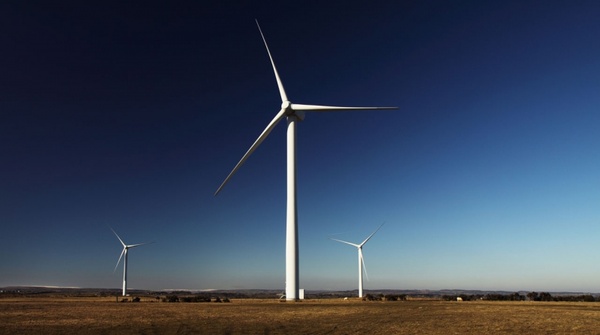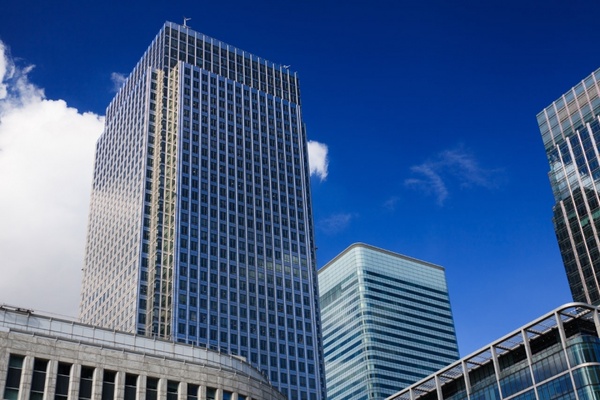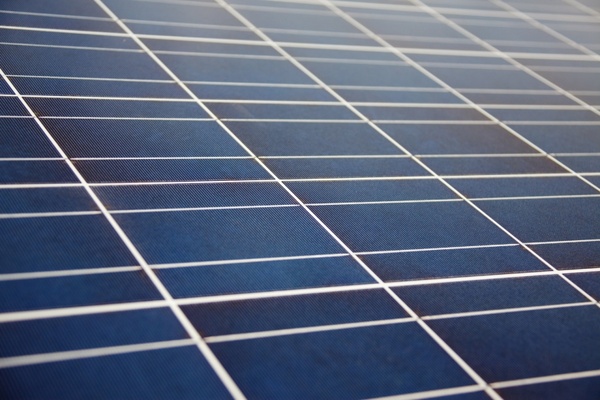
By Dr.Abhijit Sarkar, Country Head-Corporate Real Estate, Administration, Infrastructure & Sourcing- Sharekhan Ltd.

As a member of the Royal Institution of Chartered Surveyors London, (MRICS), Dr. Abhijit is responsible for the corporate real estate, administration, general services, facilities (soft and technical services), infrastructure, purchase and sourcing, health and safety, security, travel, and MICE, etc, have been instrumental in writing handbooks, manuals process notes for most of the organizations. Dr.Abhijit is presently the Vice President & Country Head-Corporate Real Estate, Administration & Infrastructure for ShareKhan Ltd.
The Green Building movement was pioneered in Great Britain with the rating system called BREEAM (which was first launched in 1990. This system was later adopted in the U.S when the US Green Building Council was formed. LEED (Leadership in Energy and Environmental Design) was loosely adopted from the BREEAM system and came into existence sometime in March 2000.
In India, this movement was adopted by the Confederation of Indian Industry (CII) in the early part of this decade. They formed the Indian Green Building Council which is actively involved in promoting the Green Building concept in India.
LEED India was launched in India in 2003 and since then has grown exponentially. This has created a large network of smaller stakeholders which includes the construction industry comprising corporate, government & nodal agencies, architects, developers, builders, products manufacturers and most interestingly green building consultants whose profession was almost unheard of a decade ago.
India has a great tradition of building environment friendly homes throughout its history. Various renewable and natural items like bamboo, agricultural residues, clay etc. have traditionally been used in vast areas of India, particularly in rural areas. But the concept of modern green building having minimum impact on environment began to grow in late 1990’s. Then the rating system for green buildings started in early 2000’s with the formation Green Rating for Integrated Habitat Assessment (GRIHA) by the TERI and MNRE and then Indian Green Building Council (IGBC). Since then green building movement in India gained tremendous impetus over the years. However there is still a massive market potential of green buildings in India.

Green buildings are being considered as the modern day architectural marvels because of their potential to protect environment and transforming real estate market substantially.
Green buildings being a special segment of the real estate industry as whole and ongoing trends of promotion of sustainable development, a substantial part of the real estate market is going to be in green building sector. As the awareness about green buildings is on the rise along with favorable policies, a major portion of these buildings will be green buildings.
The new high-rise residential, communities and mixed-use development are expected to be the top three sectors for green building growth in India in the coming years.
Environment friendliness, Stringent ventilation and filtration requirements reduce exposure to viruses and its ability to defense against respiratory illnesses and airborne vectors, reduced operating costs are already among the parameters real estate customers consider serious before investing.
Growth in green building market in India is also likely to bring about enormous economic growth by creation of a new industrial sector. The notion of green building being a completely new in India, there are very few number of existing professionals in the sector. But as the market grows, there will be demand for architects, technicians, energy experts, environmentalists, consultants etc. having adequate knowledge of the sector. Some of the green building rating agency providers like IGBC or GRIHA has already started building professionals dedicated for green buildings. In next one decade or even less, the trend will enhance remarkably. As the worth of green buildings is being perceived by more sections of the society with the passage of time, the ultimate objective of sustainability i.e. economic development maintaining the environment looks easy to achieve.
Every day, we are witnessing new ways that climate change affects daily life in cities across the globe. Concerns over public health, access to basic sanitation, resource depletion and extreme weather events are starting to impact our everyday conversations and planning.
One area that presents India with enormous potential is our building sector. Globally, buildings account for more than one-quarter of greenhouse gas emissions, and it is estimated that by 2050 the total floor area of all buildings on the planet will double. The construction sector in India is responsible for about 22 percent of our total emissions. Green buildings offer a global solution for cities, communities and neighborhoods around the world to address environmental concerns, reverse climate change and enhance the health and wellbeing of their inhabitants. Through sustainable design, construction and operations, green buildings are reducing carbon emissions, energy and waste; conserving water; prioritizing safer materials and lowering our exposure to toxins.
Green building in India has also seen a dramatic increase over the last several years and the future of sustainable real estate in India remains bright.

Yet there is still much work to be done. As we all know, there is a strong need for affordable energy, clean water and air, basic sanitation and access to healthcare. We can go a long way towards raising quality of life for all and reap enormous benefits by ensuring our development efforts incorporate sustainable design. If the real estate and construction industries were to embrace and invest in sustainability more, it would go a long way in catalyzing the transformation in both our new and existing building sectors through education, awareness, evolution of the supply chain and mainstreaming of green investments. Real estate sector especially the affordable housing segment plays a significant role in accelerating path to sustainable growth. The benefits of green buildings should penetrate deep into enhancing quality of life and cease problem of depleting natural resources. While states have introduced various incentives for green buildings such as increasing the floor area ratio, subsidy on fixed capital and concessions on municipal charges, there is still some bit of information asymmetry, especially with respect to assuring buyers of the green component and limited financial products
As of date, approximately 5% of buildings in India are green and Maharashtra, Tamil Nadu, Karnataka have taken a lead here. In future, experts attach a huge opportunity to green buildings and homes. For example, the World Green Building Council (WGBC) has estimated that green buildings may generate higher returns while additional costs could come down ,on the other hand, sales premiums , occupancy rates and rental income may also go up.



Be the first to comment